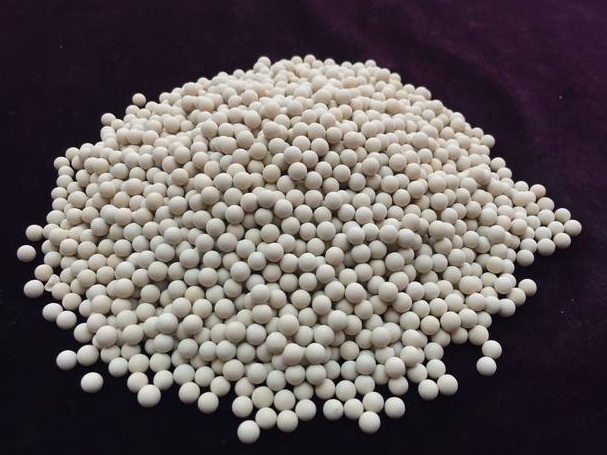Underwater Pelletizer : Innovative Solution for Polymer Pellet Processing
The underwater strip cutting technology, as a mature processing technology for polymer materials, is widely used in fields such as ABS resin and SAN resin. It produces cylindrical particles by cooling the molten material into strips before cutting, which has a certain market share and application advantages. The following is a detailed introduction to the underwater strip cutting technology:
Technical principles
The working principle of the underwater strip cutting technology is to extrude the high-temperature molten material from the die, forming a strip like material, and then enter the guide groove for cooling. The temperature of cooling water is generally controlled at around 40-60 ℃. After the material strip cools to a certain hardness, it is fed into the cutting chamber through the upper and lower feeding rollers, and cut by a high-speed rotating pellet cutter to form particles. The cut particles are further cooled in the post cooling section, then enter the dryer for drying, and finally pass through the vibrating screen for screening. The qualified materials are sent to the material bin to prepare for downstream processing.
Technical advantages
High particle quality: The cylindrical particles produced have a smooth surface, high density, and good flowability, making them suitable for various downstream processing applications.
Suitable for multiple materials: The underwater strip cutting technology is suitable for processing various high molecular weight polymers such as ABS resin and SAN resin.
High market maturity: This technology is widely used in the production of ABS resin, with a high market share and high technological maturity.
Comparison with other granulation methods
Mold surface cutting: The particles produced by mold surface cutting technology are circular or elliptical, with higher packing density and lower dust content. The die cutting system is designed with a fully enclosed design, which has better environmental performance, but the equipment cost is relatively high.
Water ring cutting: Water ring cutting uses high-speed water flow to cool and cut, suitable for the production of plastic products that require high cutting efficiency. However, the cutting speed and output are limited and cannot meet the demand for large production.
Air cooled granulation: Air cooled granulation is suitable for special materials such as degradable plastics, but the cooling efficiency is lower and the particle quality is not as stable as underwater strip granulation.
The underwater strip cutting technology is mainly applied in the production of high molecular weight polymers such as ABS resin and SAN resin. It is particularly suitable for producing cylindrical particles and widely used in fields such as home appliances, automobiles, electronics, etc. For example, in the production of ABS resin, the underwater strip cutting technology can ensure high yield and stable particle quality, meeting market demand.
technological innovation
Automation and Intelligence: Modern underwater strip cutting equipment is developing towards automation and intelligence. By integrating sensors and intelligent control systems, the equipment can monitor the production process in real time, automatically adjust cutting parameters, and improve production efficiency and product quality.
Equipment optimization: By improving the design and materials of cutting tools, cutting efficiency and particle quality can be further enhanced. At the same time, optimize the cooling water circulation system to reduce energy consumption and water resource waste.
Environmental performance improvement: Although the underwater strip cutting system is not completely sealed, by installing suction equipment and optimizing the exhaust gas treatment system, environmental pollution can be effectively reduced to meet environmental requirements.
With environmental protection and sustainable development becoming industry trends, the application prospects of underwater strip cutting technology in polymer material processing are broad. In the future, through technological innovation and equipment optimization, the underwater strip cutting technology will further improve production efficiency and product quality, reduce production costs, and provide strong support for the sustainable development of the industry


